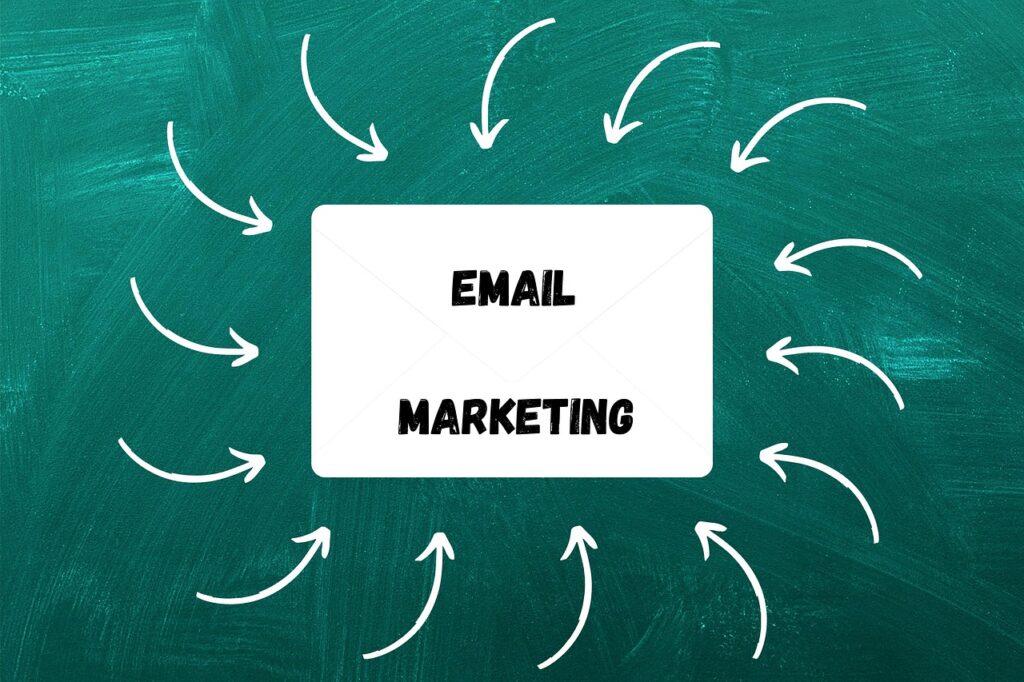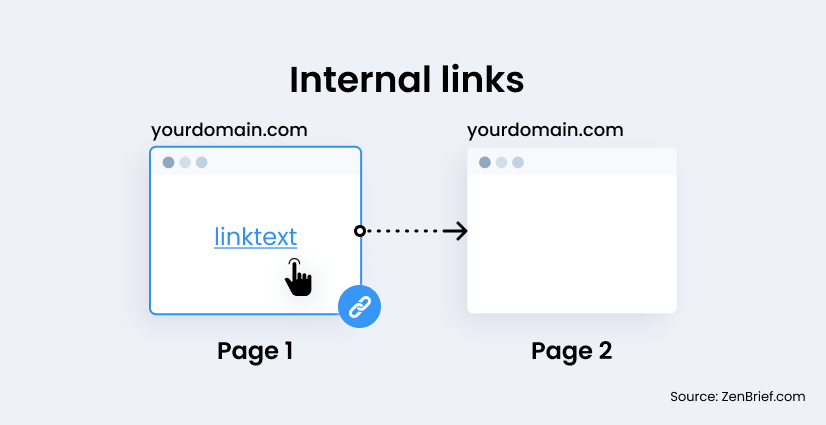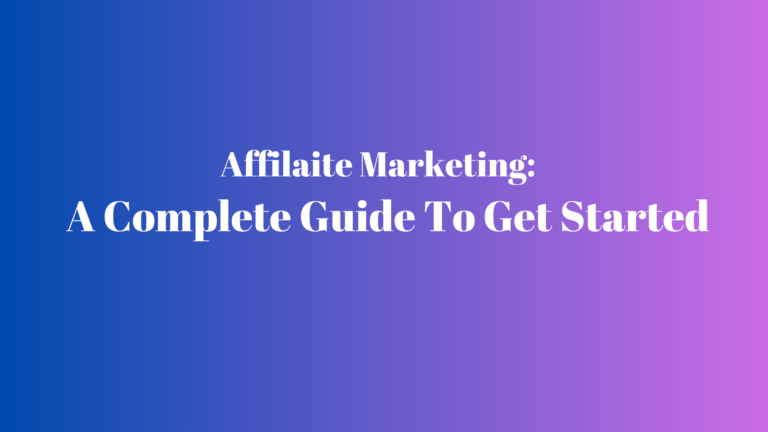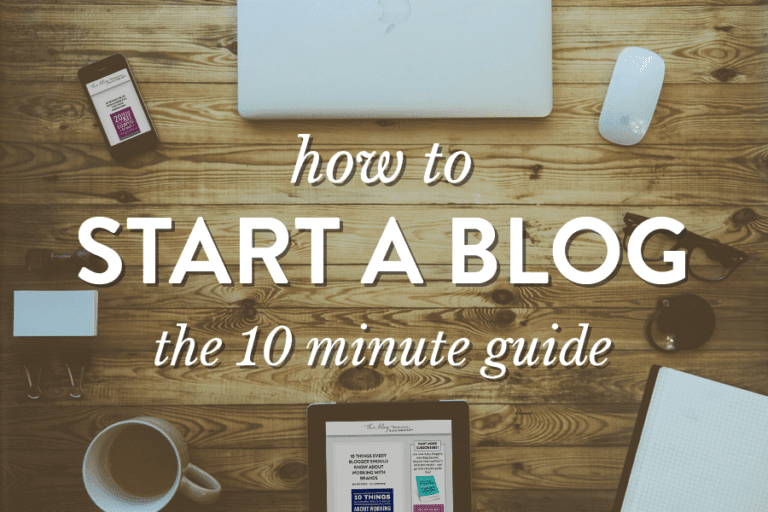Driving qualified traffic to your website is crucial for growing any business online today. It improves your rankings, which in turn generates even more traffic. Traffic allows you to measure marketing methods, improve search engine credibility, and gather audience insights.
Learning how to increase website traffic isn’t complicated, though. In most cases, if you follow the fundamentals and apply tried-and-tested approaches, you’ll succeed. The catch is that it usually takes time, and you’ll need to put in a lot of work.
In this article we’ll explore proven ways to increase website traffic in 2025. Follow these practices to attract more visitors and convert them into leads and customers.
Why increase website traffic ?
Website traffic is essentially the number of people visiting your website. When someone lands on your site, they’re considered a visitor and increase your website traffic.
When your website traffic is high, you’ll get more clicks, customer interactions and brand engagement. As a result, search engines will have a positive impression of your website and send more people there, meaning even more people will see your content and have the opportunity to buy your product.
How to increase website traffic
Here are 10 tips to increase your organic traffic and elevate your business.
1. Email marketing

If you don’t know who your readers are and aren’t attempting to engage with them more personally, you won’t get very far. This is where email marketing comes into play.
Email marketing allows you to send newsletters, automated emails, and other forms of marketing to your subscribers, who have opted-in to receive emails from your blog.
It helps to build relationships with your readers and allows you to target them with relevant and interesting content.
Why should you choose email as a communication channel?
Social networks may come and go but your email list will always be yours.
With emails, you will have a direct communication channel with your followers anytime. Other platforms, such as Facebook, can deliberately limit your reach or even remove you from their platforms.
.
Also, Promoting content through email newsletters is an effective way to increase website traffic and ultimately yields one of the highest ROIs across all marketing methods.
2. Internal linking

Source: ZenBrief.com
Internal links are links from one page to another within the same domain. And adding internal links from relevant, high-authority pages to those pages that need a boost can help improve their performance in the search engines.
When creating and publishing content, be sure to add at least 1-3 links to other pages on your site to that page. This will help drive traffic to those pages, but also, it (a) keeps visitors on your site longer, (b) gets them to view more pages on your site, and (c) allows them to get more value out of your site—all of which improve your ranking and drive more traffic to your website.
3. share your content on social media

Social media is one of the most popular free marketing tools around and plays a role in driving traffic to your website. Use Facebook, Instagram, and LinkedIn to promote blog posts and other useful pages on your website. This way you can turn your social media followers into website visitors, and draw traffic from their networks if you post shareable content.
Here are a few social ideas to get you started:
- Post content (blogs, e-books, white papers, infographics, videos, etc.) across your social media platforms.
- Engage with followers by replying, retweeting and tagging them in relevant content.
- Use hashtags that represent your brand.
- Video is a great way to entice scrollers to stop and hear what you have to say. Go live or share short, authentically awesome videos that add value (even if it’s just entertainment value).
- Be sure to include a call to action on informative and educational posts that push readers back to your content-rich site.
4. Use headings and subheadings

Headings and subheadings are important parts of any document or piece of writing. They provide structure, organization, and clarity to the reader. By using headings and subheadings, one can easily break down a complex topic into more digestible chunks.
This makes the material easier to comprehend and allows the reader to quickly find the information they are looking for. Headings and subheadings also help the reader scan the text quickly to find the main points and then delve deeper into the supporting information.
This helps readers find the information they need quickly without having to read the entire article, which is especially helpful for long documents.
Additionally, headings and subheadings also make the text look more organized and professional. When it comes to writing, it is important to use headings and subheadings to help structure and organize the content. For example, if one is writing an essay, one should use headings and subheadings to divide the essay into different sections.
5. Create good quality content

If you’re wondering how to drive traffic to your website, one great way is to craft engaging, high-quality content that may answer a question or provide a solution to a specific problem. Doing so can help build your website’s authority and position your business as an industry leader.
Creating original, engaging, and useful content can support your search engine optimization efforts. Your website will rank better on search engine results pages (SERP) the more you improve your content and increase the number of visitors. Also, publishing valuable and educational content can boost the possibility of returning visitors. This is because readers will be aware of the worth and reliability of your information.
6. Republish old posts

Which has more value, the amazing post you write today, or the only okay post you wrote last year?
Sometimes you have great older blog posts that might just need a little refresher. Maybe you created it last year and things have changed.
It might be getting a bit less blog traffic, or it’s fallen in rankings in Google searches.
One of the best ways to boost blog traffic without having to create completely new content is to do this:
Make the changes to a blog post: update the content, images, and headings and tweak the SEO keywords (add a few new fresh ones in a way that flow nicely with what you’ve written). Make sure to update your SEO title with new keywords as well.
Re-publish it (change the date – in WordPress, in the section in your blog post editor, change the date where it says “Publish”)
Promote it like a new blog post across all of your social media accounts.
Create fresh pins for it and add them to Pinterest.
7. Post regularly

You don’t have to post 15 times a week, but you should post on a regular basis. Even if it’s once every two weeks, consistency is important. Google wants to give its searchers up-to-date information, and if your site never changes, it tells Google that you are not providing that.
Set realistic posting goals and stick to them. If you decide you will post once a week or once every two weeks, make sure to do that almost without exception. It’s the best way to grow your blog.
8. Optimize for mobile

More users are accessing the Internet using mobile devices than ever before. It is important that a website is functional and appears properly on any type of device.
The days of browsing the internet only on desktop computers are gone. More people than ever before use their mobile devices to browse the internet these days. This means that you have to make sure that your website is readable and available on a variety of devices. If people have to zoom or scroll to see your webpage, they are going to go elsewhere.
Here are some tips that can make sure of this:
- Make sure people can easily explore your website.
- Content is arranged based on its importance
- Everything is aligned: text, photos, and content
- test your website across a range of browsers and devices.
Incidentally, less than 5% of the people who use this site use a tablet, so I don’t stress about it much.
9. Try backlinks

A backlink is a URL referring to your content that may be found on other blogs in the same industry. Backlinks need to be placed on trusted and reputable websites in order to be effective.
Backlinks are incredibly valuable for boosting blog traffic, and the reason is simple: they attract people who are interested in your content and could become returning visitors in the future.
Getting backlinks is usually a much harder task, because it involves reaching out to lots of bloggers and website owners, asking them to include a link to your content on their posts, or letting you publish guest posts.
This sort of outreach is a time consuming affair, but it’s important, and if you take a thorough approach to it, it can prove very fruitful.
Hiring a company to handle link building on your behalf is another option for generating backlinks, but you have to be careful, since employing a company or consultant to then position (or worse, purchase) links on low-quality sites can frequently cause more harm than good.
10. Improve your Seo

SEO (Search Engine Optimization) is definitely a great tool to increase blog traffic. This is the technical part of the work, as essential as the efforts to create good content. Without optimization, it is impossible to maximize results.
SEO is one of the best things you can do to drive traffic to your website, It can help you attract more visitors from search engines like Google and Bing, and when you rank higher in search results, you’ll get more clicks and traffic.
Make sure each of the page elements — including title, h1 or header, meta description, alt-text and URL — are keyword-rich and focused on the user intent of the page.
The actual content on your site is also a significant factor in how you’ll rank in the SERPs. Always include relevant keywords in your content. Keywords should be used naturally, not stuffed into the content so much that they detract from the main idea or distract the reader. (Remember, when it comes to content, quality trumps keyword quantity.)
How to Increase your website traffic: Conclusion
Increasing website traffic isn’t something you accomplish overnight. It’s a comprehensive, ongoing endeavor that requires constant analysis and fine-tuning.
Though these ten steps look simple and easy, it is important to note that some methods can pay off immediately while others may take considerable time. However, the best thing is to be consistent with these methods and ensure that you make improvements every day










